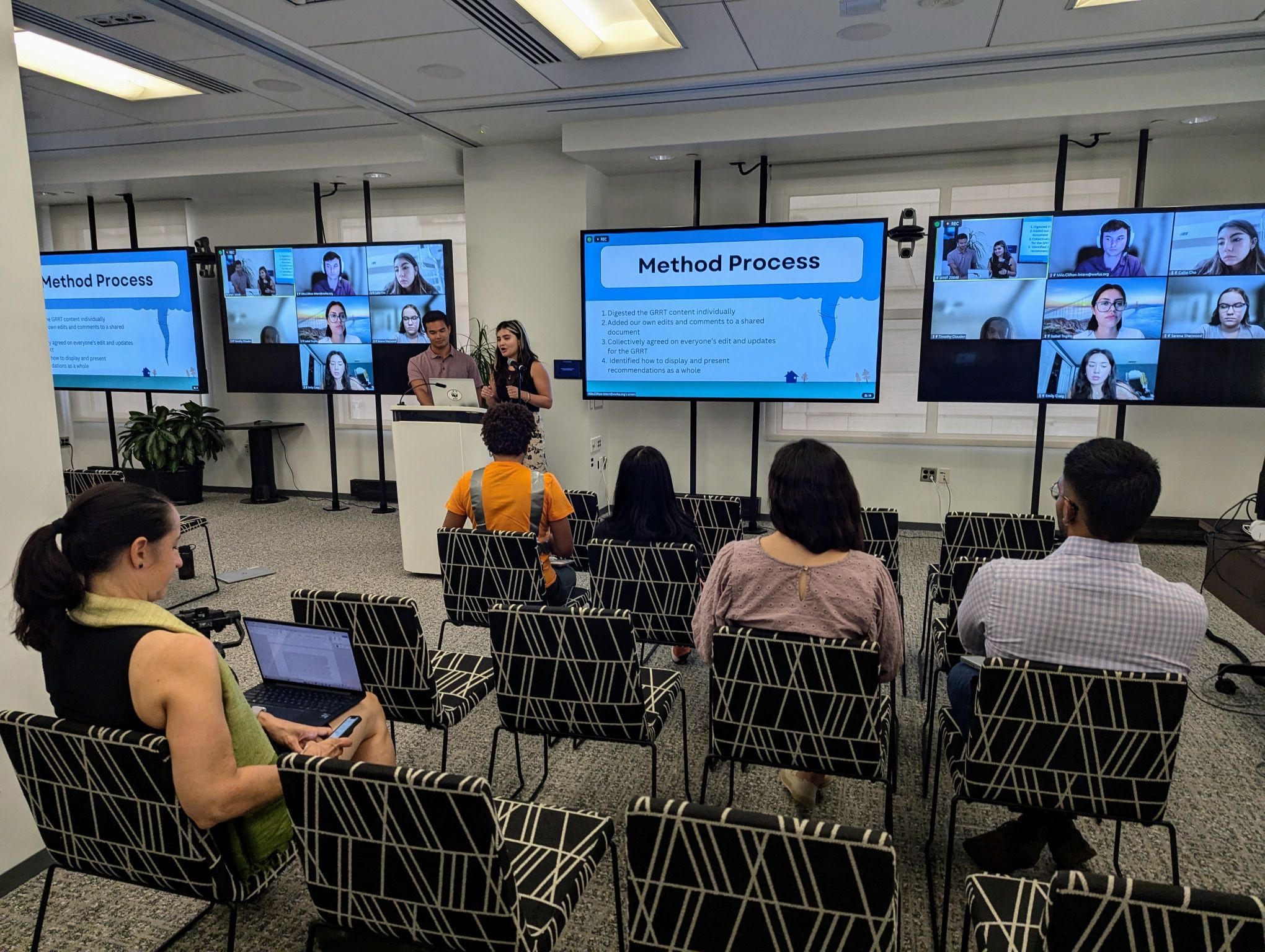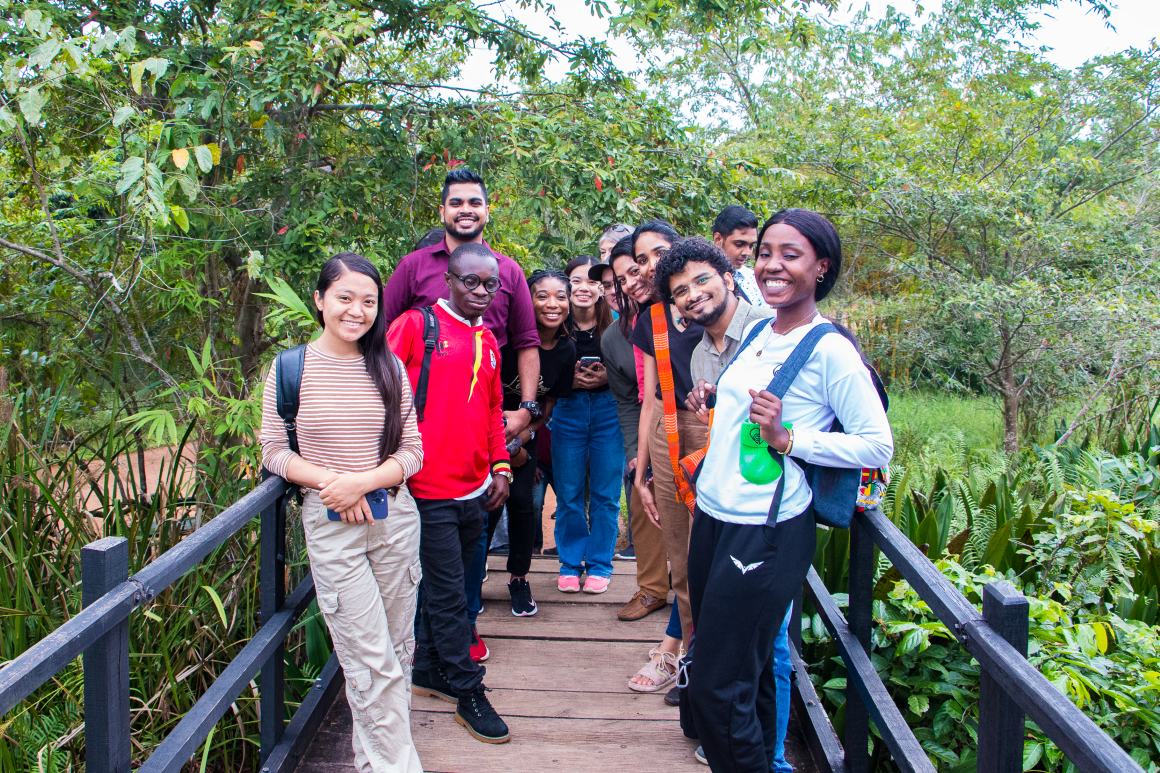Published on:
24 May 2016
Share this:
Placencia Peninsula in Stann Creek District, Belize, is a 16-mile-long ribbon of land with the Caribbean Sea to its east and the Placencia Lagoon to its west. The ecosystems of the peninsula and lagoon include coarse sands, littoral forest, mangroves and wetlands.Village expansion and tourism development have led to drastic reduction of local mangrove systems. Development means the destruction of mangroves to make way for construction of seawalls and large hotels, and it is the leading threat to the Placencia Peninsula coastal ecosystem.
Because fringing mangroves can help mitigate the impacts of nutrient release and provide storm surge protection, natural and nature-based coastal management strategies can reduce the impact of local and degradation on coastal communities and ecosystems.
Human impacts are not the only threat to the Placencia Peninsula and Lagoon ecosystem. Change in precipitation patterns and sea level rise will combine with the non-climatic drivers of change and exacerbate risks such as erosion, flooding, saltwater intrusion, coral bleaching and mangrove dieback. Changing weather patterns and increased frequency of extreme weather events also have direct impacts on infrastructure, human settlements, tourism and local livelihoods. For example, five hurricanes and three tropical storms struck Belize between 1980 and 2007. Climate models predict increased drought and rainfall intensity, which can lead to increased floods.
Sea level rise represents a great risk to about 45% of the Belize population settled in the coastal areas, which range from zero to 5 m above current sea level. Sea level rise contributes to saltwater intrusion, which affects farmers who depend on rivers and groundwater for irrigation, and creates risk for the freshwater supply of urban centers, such as Belize City. Lastly, sea level rise is expected to affect mangrove ecosystems, particularly those located in low islands. Loss of mangroves will reduce shoreline protection and flood control benefits and will affect fisheries production.
To counter these pressures, the Placencia and Seine Blight Village Councils, the Peninsula Citizens for Sustainable Development, the Placencia Belize Tourism Industry Association, and the Southern Environmental Alliance began initiatives in 2006 to designate the lagoon and surrounding mangrove system as a special protected area. In 2008, a mangrove restoration and preservation project encouraged community mangrove plantings, education, partnerships with schools and businesses, an educational web platform, the development of mangrove reserves and a mangrove challenge that highlighted mangrove conservation and preservation efforts by community members, institutions and businesses.
Mangrove restoration is relatively inexpensive, yet can be economically powerful. In 2015, the InVEST (Integrated Valuation of Environmental Services and Trade-offs) Coastal Protection Model valued damages thwarted by Belizes mangroves, coral reefs and seagrass beds at BZ $50.4 billion. The Coastal Zone Management Authority and the Institute of Belize have incorporated mangrove protection into their Vision for a Sustainable Coast within the Integrated Coastal Zone Management Plan.
This case demonstrates how multiple sectors can collaborate to understand the relationships between economic development, environmental management, climate change adaptation and flood risk reduction.
Text adopted from the following sources:
E. Boles et al., Rapid Assessment of Effects and Issues Related to Development in the Placencia Area, Dry Season 2011, NRMP 4552 Integrated Coastal Zone Management Course Project, August 24, 2011, accessed May 4, 2016, http://www.pcsdbelize.org/placencia-assessment.pdf.
Coastal Zone Management Authority and Institute (CZMAI), Belize Integrated Coastal Zone Management Plan, Belize City: CZMAI, 2015.
Coastal Zone Management Authority and Institute (CZMAI), State of the Coast Report 2000, 2001, Accessed May 10, 2016, http://www.coastalzonebelize.org/wpcontent/uploads/2010/04/state_ofthe_coast_report_2000.pdf.
WWF, Mangrove Conservation and Preserves as Climate Change Adaptation in Belize, Central America: A Case Study, June 30, 2011, accessed May 5, 2016, http://awsassets.panda.org/downloads/placencia_mangrove_reserves_case_study_final.pdf.
Nadia Bood, Promoting Mangrove Conservation and Restoration as a Means of Effluent Reduction, Shoreline Stabilization and Flood Control along the Placencia Peninsula and Lagoon Area: A Case Study, World Wildlife Fund, August 2012, accessed May 9, 2016, http://community.eldis.org/.59c095ef/ClimateChange Triple-wins in Belize coastal zone_Placencia Casestudy_draft.pdf.
Emma L. Tompkins and W. Neil Adger, Defining Response Capacity to Enhance Climate Change Policy, Environmental Science and Policy 8, no. 6 (December 2005): 562-571.



